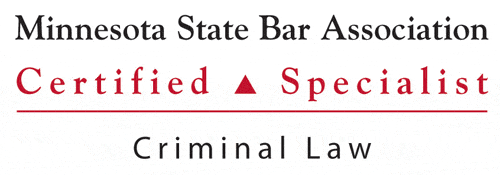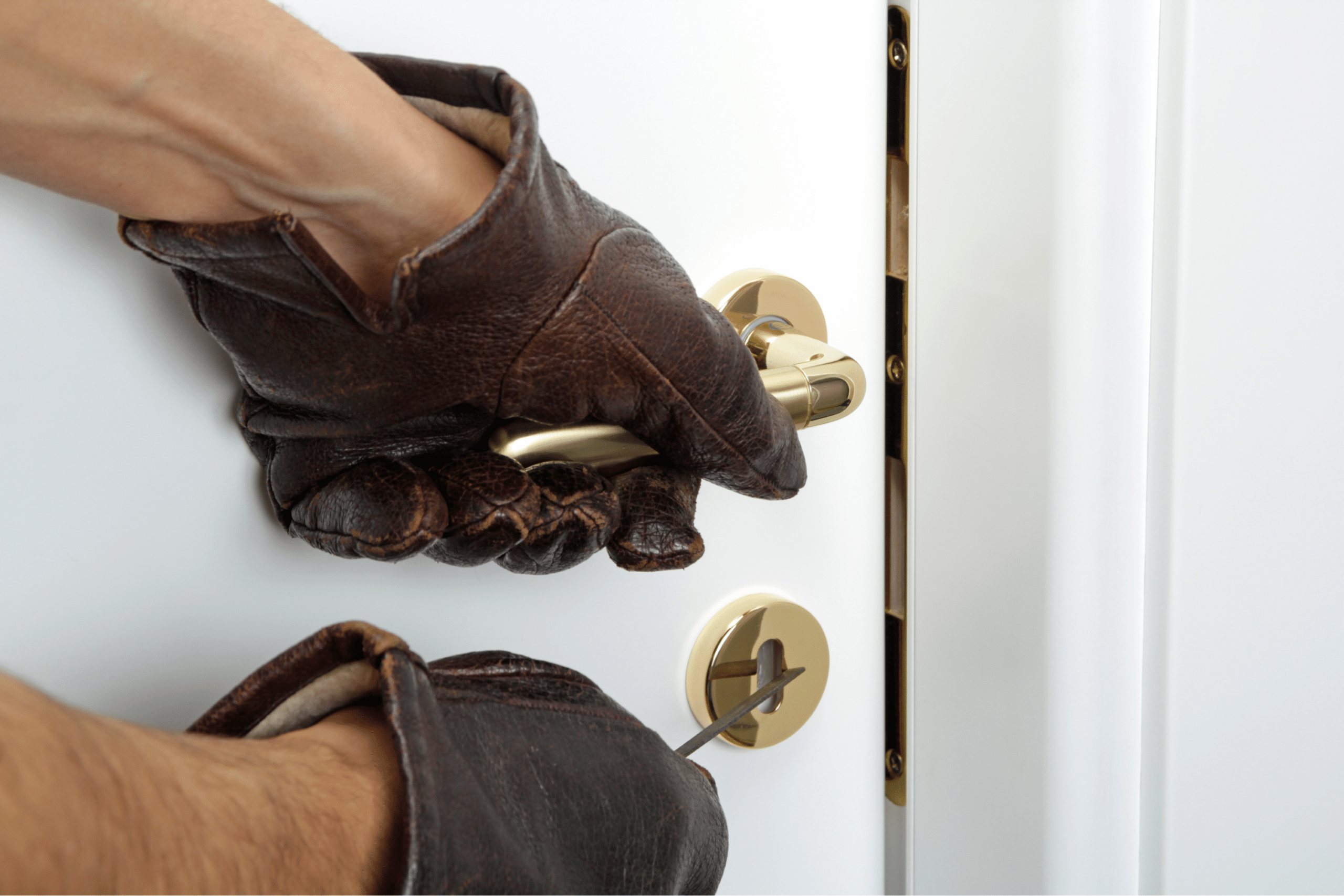Breaking and entering, often referred to as burglary, is a serious criminal offense in Minnesota. It involves the unlawful entry into someone else’s property with the intent to commit a crime, typically theft or some other felonious act.
In our state, breaking and entering is defined under Minnesota Statutes Section 609.582. According to this statute, a person can be charged with burglary if they enter a building without the owner’s consent and with the intent to commit a crime inside.
Minnesota places significant emphasis on the element of intent when prosecuting breaking and entering cases, as it plays a crucial role in determining the charges and penalties an individual may face. Without this intent, the act of unlawful entry may not rise to the level of burglary.
Degrees of Burglary in Minnesota
The severity of burglary charges in Minnesota depends on several factors, including the intent of the perpetrator and the circumstances surrounding the crime. Minnesota classifies burglary into three degrees:
- First-Degree Burglary: This is the most serious burglary charge. It is applicable when an individual enters an occupied building with the intent to commit a crime, and they possess a dangerous weapon, explosives, or cause injury to another person during the commission of the offense. First-degree burglary is a felony in Minnesota, and a conviction can result in significant prison time.
- Second-Degree Burglary: Second-degree burglary occurs when an individual enters an occupied building with the intent to commit a crime but does not meet the criteria for first-degree burglary. This can include cases where the perpetrator possesses burglary tools or the building is a dwelling or place of residence. Second-degree burglary is also a felony but carries lighter penalties compared to first-degree.
- Third-Degree Burglary: Third-degree burglary involves unlawfully entering a building or structure without consent with the intent to commit a crime inside. This degree is typically applied when the building is unoccupied. Third-degree burglary is considered a lesser felony compared to first and second-degree and carries less severe penalties.
The Role of Intent
Prosecutors must prove that the defendant had the specific intent to commit a crime when they entered the property without permission. Without this intent, the charges may be reduced to trespassing or criminal trespass, which are less serious offenses.
The defendant’s intent is often established based on circumstantial evidence, such as the presence of burglary tools, the time of day the break-in occurred, or any statements made by the defendant indicating their criminal intentions. Intent can be challenging to prove definitively, and the burden of proof rests with the prosecution.
Penalties for Breaking and Entering
The penalties for breaking and entering in Minnesota can vary widely based on the degree of burglary and the presence of aggravating factors. Convictions for first-degree burglary can result in up to 20 years in prison, while second-degree burglary can lead to up to 10 years of imprisonment. Third-degree burglary is punishable by up to 5 years in prison.
It’s important to note that individuals convicted of burglary may also face fines, restitution to victims, and a permanent criminal record, which can have long-lasting consequences on their future employment and housing prospects.
Minnesota Defense for Breaking and Entering
Breaking and entering cases in Minnesota hinge on the element of intent, and prosecutors must prove beyond a reasonable doubt that the defendant entered a building without permission with the specific intent to commit a crime. The severity of the charges and penalties depends on the degree of burglary and the presence of aggravating factors.
If you or someone you know is facing breaking and entering charges, it is crucial to seek legal counsel to navigate the complexities of the legal system and explore potential defenses. Understanding the role of intent in breaking and entering cases is essential for anyone involved in the criminal justice system in Minnesota.
About the Author:
Christopher Keyser is an AV-Preeminent rated criminal and DWI defense attorney based in Minneapolis who is known for fighting aggressively for his clients and utilizing innovative tactics to get the most positive results. He has been featured in numerous media outlets due to the breadth and depth of his knowledge and has been named a Certified Specialist in Criminal Law by the Minnesota Bar Association. Mr. Keyser is Lead Counsel rated, and he has received recognition for his criminal law work from Avvo, Expertise, and Super Lawyers.







